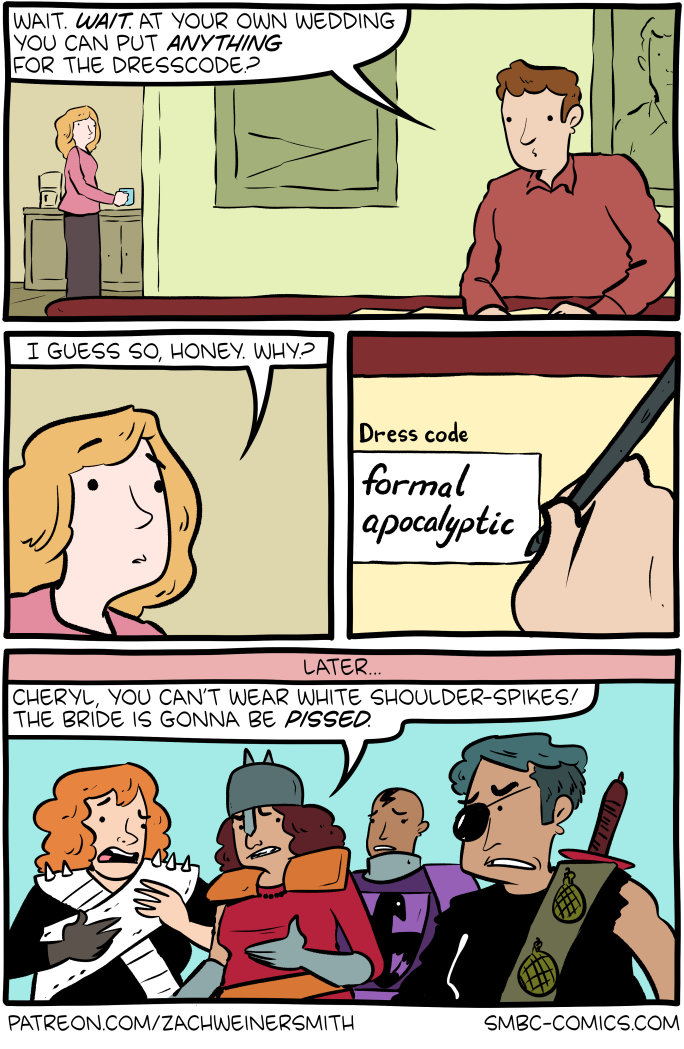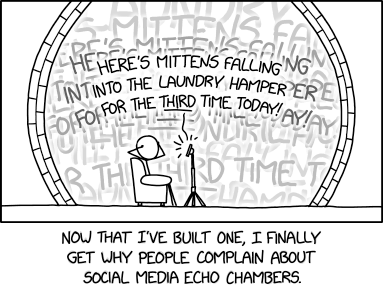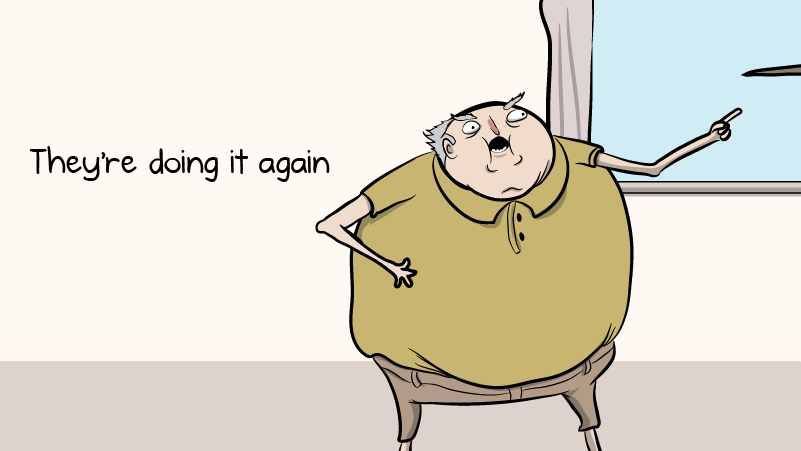The Girls Got Spayed Yesterday
Jul. 17th, 2025 11:39 am
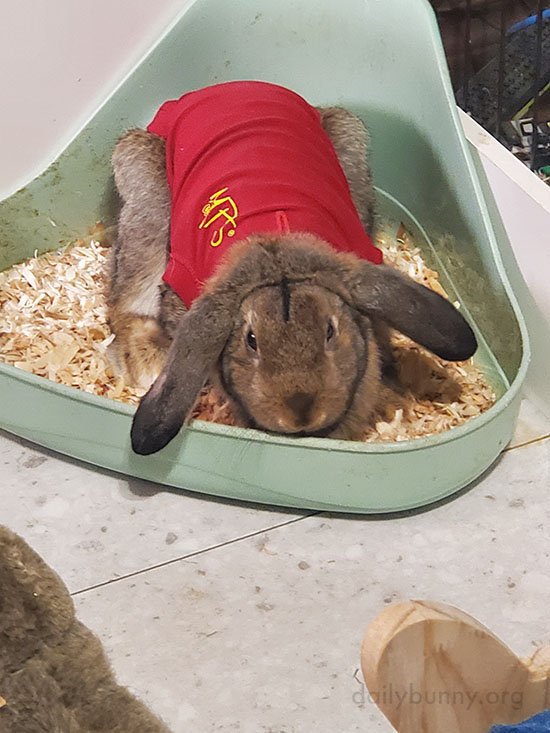
Thanks, Chris and bunnies Oats and Ale! Chris writes, “I just got back from the vets from there surgery and they did very good. They were very good patients. Oats and Ale are resting right now. I am sure they will be back to their hoppy selves soon. Here are some pictures.”
Hooray Oregon!
Jul. 17th, 2025 11:29 am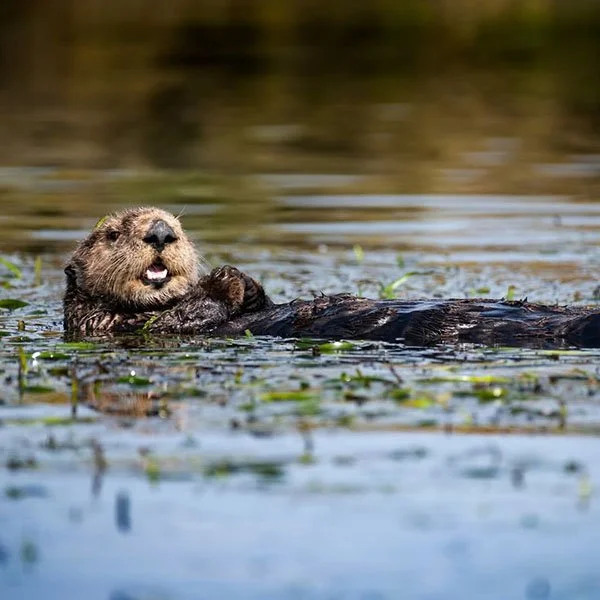
This comes via Monterey Bay Aquarium, which writes:
Congrats to our west coast neighbor, Oregon, for launching their program to manage packaging, paper, and plastic food ware! This big step will modernize Oregon's recycling system by increasing recycling rates, reducing waste, and improving access to recycling services while shifting costs to producers who create the waste in the first place. In California, SB 54 is poised to go a step further by reducing the amount of single-use plastic produced. Governor Gavin Newsom signed SB 54 into law to reduce costs for consumers by making producers pay for the waste they produce.
This Plastic Free July, we are encouraging Governor Gavin Newsom to break up with plastic and remember that robust implementation of SB 54 is the consumer and environment friendly thing to do.
“We applaud Oregon for stepping up to address single-use plastic. With SB 54, California has the chance to go even further by not just managing plastic waste, but preventing it.” – Amy Wolfrum, director of California Policy and Government Affairs, Monterey Bay Aquarium.
We can make a world without plastic that’s healthier for people and our ocean planet.
Utterly bewitched by books
Jul. 16th, 2025 11:03 pmThe States Are Going Full RFK Jr.
Jul. 16th, 2025 03:26 pmRobert F. Kennedy Jr. has spent a lot of his time as health secretary on the road. Late last month, he spoke at an event in Baton Rouge and lamented how Americans have gotten sicker and sicker over the years. “When my uncle was president, I was a 10-year-old boy—we had the healthiest children in the world,” he said, flanked by supporters in green MAHA Louisiana hats. The day before, Kennedy gave a near-identical speech in Oklahoma City, this time surrounded by people holding signs that read OK ❤️ RFK Jr. and Make Oklahoma Healthy Again.
Kennedy traveled to both states to celebrate their efforts to take up his MAHA agenda. In Oklahoma, RFK Jr. joined the signing of a pair of orders that will begin the process of pulling fluoride from the state’s water supply and blocking the purchase of soda using food stamps. In Louisiana, the health secretary was there when the state enacted a bill that forces food companies to put warnings on their products if they contain certain artificial food dyes, preservatives, or dozens of other additives. These were just two stops on a nationwide tour that has also taken RFK Jr. to several other states—including Arizona, Utah, and West Virginia—that are pushing forward with his ideas, especially on food. In some cases, Kennedy has cheered from afar: “Texas is leading the way,” he posted on X last month, after the Lone Star State passed its own MAHA-style bill similar to Louisiana’s.
Though RFK Jr. has the power to enact monumental change, much of MAHA’s actual successes at reforming the American diet haven’t come from Washington. While states pass law after law cracking down on food, Kennedy’s own biggest action to date has been relatively modest: a campaign pressuring food companies to voluntarily remove synthetic food dyes from their products. The states are out-MAHAing the MAHA king, much to his pleasure.
To some degree, RFK Jr. was always going to need help from the states. Although he has repeatedly called for a ban on purchasing soda using food stamps, the health secretary can’t make it happen without action from states such as Oklahoma. State legislators started introducing various MAHA bills right as Kennedy was being confirmed to his position. In March, Kennedy visited West Virginia when it became one of the first states to pass such a bill into law, banning seven artificial dyes from being served in schools. The laws in Louisiana and Texas are far more sweeping, among the most stringent food policies that have been passed by states in recent memory. In Texas, a range of products that include common food additives will have to specify on the package that they are “not recommended for human consumption by the appropriate authority in Australia, Canada, the European Union, or the United Kingdom.” Louisiana has a similar warning-label rule, and mandates that any restaurant serving food cooked in seed oils has to display a disclaimer in the store.
[Read: Republicans are right about soda]
Kennedy could enact similar changes nationwide and could even outright ban certain ingredients, but so far he hasn’t. Such actions typically require bureaucrats to first collect evidence that a certain food is causing actual harm, and outside groups have already gathered dossiers of scientific studies. “All he had to do was swing and hit it out of the ballpark,” Jensen Jose, the regulatory counsel at the Center for Science in the Public Interest, an advocacy group that pushes for more stringent regulation of food additives, told me. By Jose’s telling, Kennedy “didn’t even step up to bat.”
Kennedy’s strategy appears to be by design. Banning ingredients requires new regulations, something the Trump administration disdains. In January, Donald Trump signed an executive order requiring that for every new rule enacted, the government would have to shed 10. By regulating food through handshake agreements and relying on states to enact their own policies, Kennedy is getting his way without having to deal with all of the red tape. There are other practical considerations: Although Kennedy talks about waging war with food companies, he is running low on infantry. Food regulations involve legal paperwork, and the FDA has been without its chief counsel since March. The FDA branch tasked with reviewing the safety of additives was thrown into chaos back in February, when a number of employees were fired—prompting the agency’s top food regulator to resign in protest. In an email, a Health and Human Services spokesperson told me, “Secretary Kennedy has led the national charge in demanding greater transparency and accountability from the food industry, and it is precisely because of his leadership that many states have felt empowered to act.”
The challenge for Kennedy in realizing his vision on a national scale, of course, is that he also has to contend with states that are less enthused about the MAHA agenda. But it’s possible that the state laws in Texas and Louisiana will have consequences for the rest of the country. (It’s also true that some of what he has proposed—particularly around food dyes—has at least some bipartisan appeal.) Instead of dealing with the hassle of creating special packaging with warning labels to sell in Texas and Louisiana, food companies might just add those labels to the products they sell nationwide. Something along those lines has happened before. Across the country, foods occasionally come with warnings that they contain certain carcinogens after California enacted a rule requiring such labels. Or perhaps food companies will take out the ingredients targeted by Louisiana and Texas to avoid the warning-label requirement altogether.
Kennedy seems to be banking on such sweeping change. During his appearance in Louisiana, he noted that the state’s MAHA law helps his campaign of pressuring food companies to phase out artificial food dyes. “The food companies are coming in every day and saying, Stop the states from doing this; we don’t want to have a national product that has a patchwork of different states with different rules,” Kennedy claimed. The quickness by which states picked up this MAHA charge undoubtedly projects strength onto Kennedy during his negotiations with food makers. Some of the world’s largest food companies, including Nestlé USA, Tyson Foods, and Kraft Heinz, have already pledged to remove certain dyes from their products in the coming years.
[Read: RFK Jr.’s worst nightmare]
But outsourcing MAHA to the states is hardly a surefire strategy for Kennedy. Some companies promising change may actually be waiting him out—banking on the idea that once Trump leaves office, Kennedy will too. In the meantime, should the laws be challenged in court, they risk being at least partially struck down. In 2013, a Michigan state law requiring unique beverage labels was nullified after a federal appeals court determined that the legislation unfairly interfered with interstate commerce. Even if the laws stand, RFK Jr. might face some challenges. Warning labels on artificial food dyes might lead companies to swap them out for natural alternatives, but it’s less likely to be the case for emulsifiers—another category of food additives that is targeted by the Louisiana and Texas bills. Emulsifiers are present in many ultraprocessed foods, and in some cases there is no easy replacement.
The clearest way to get rid of emulsifiers would be a national ban. Kennedy can do that, but the states can’t. The same is true with many other food additives that he—often incorrectly—says are wreaking havoc to American health. At a certain point, no matter how MAHA-focused some states become, Kennedy may actually need to get to regulating.
Saturday Morning Breakfast Cereal - Boyfriend
Jul. 16th, 2025 11:20 am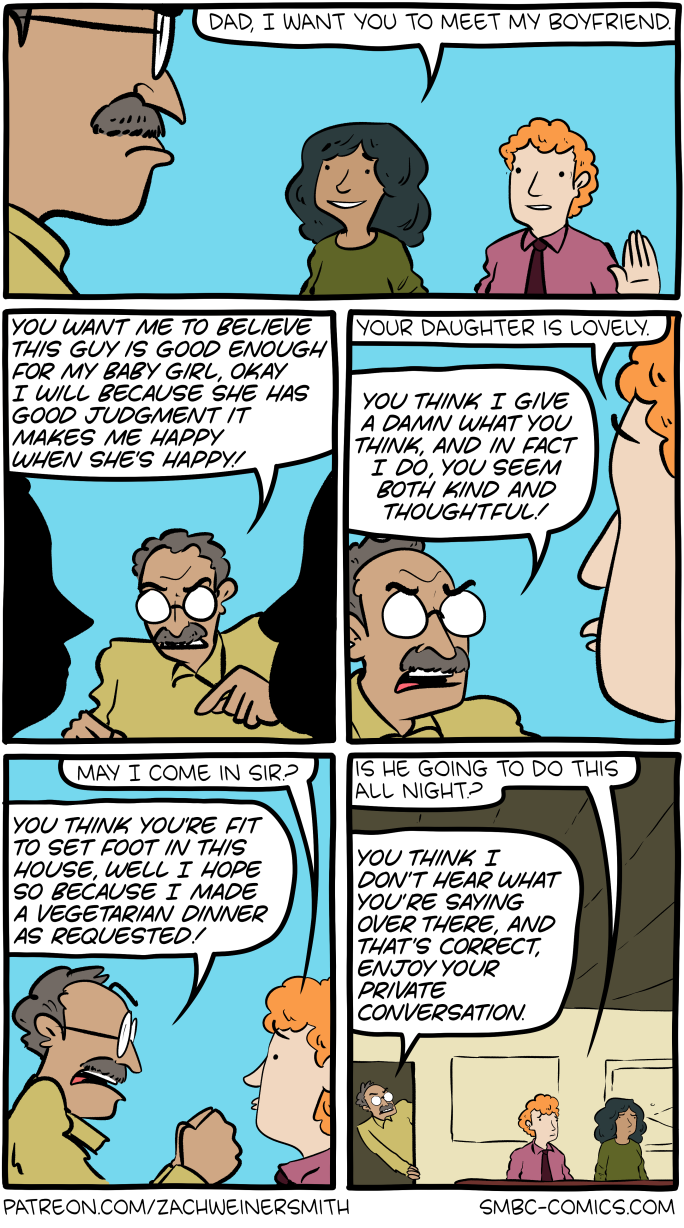
Click here to go see the bonus panel!
Hovertext:
YOU GET OUT OF MY HOUSE BECAUSE I'VE CLEARLY KEPT YOU TOO LONG LET ME CALL YOU A CAB.
Today's News:
See Footage From Sea Otter Pup Un'a's Admit Exam
Jul. 16th, 2025 12:27 pmVia Alaska SeaLife Center, which writes:
It’s hard to believe how far little Un’a, the orphaned sea otter pup admitted in May 2025, has come.
When she was first rescued, she was fragile and underweight. Every feeding and time resting was critical in those early days, as you’ll see in this video. We’ve been busy responding to a wave of harbor seal patients, but Un’a has been quietly making big strides behind the scenes.
Now, just over a month into care, she’s thriving: healthy, eating solids, and showing off her playful personality. She’s definitely earned her moment in the spotlight!
Whatcha Doin' All the Way Over There, Friend?
Jul. 16th, 2025 12:44 pm
Thanks, Lisa and bunnies Mochi and Maisie!
The Conversations Doctors Are Having About Vaccination Now
Jul. 16th, 2025 07:00 amFor years, studies have pointed to one especially powerful influence over whether a person will get a vaccine: a clear recommendation from their doctor. Throughout most of her career, Nola Ernest, a pediatrician in rural southeastern Alabama, could reassure families who were hesitating to vaccinate their kids—in many cases by explaining that she had enthusiastically opted into the same shots for her own sons. In the past few months, though, she’s spoken with several families who, at her recommendation, had previously immunized all of their older kids—and yet are now adamant about not vaccinating their newborn. “I reassure them that I am still the same pediatrician,” Ernest told me. “They say, ‘We still trust you. We just think a lot of the things have been pushed on us for a long time that were not actually necessary, or were harmful.’”
Until recently, doubt about vaccines might have been seeded mainly by cautions from friends and family, or by unreliable information online. Now, though, doubt about vaccines has the weight of the federal government behind it. Health and Human Services Secretary Robert F. Kennedy Jr., a longtime anti-vaccine activist, has been telling the public exactly what Ernest’s patients told her: Unnecessary, unsafe vaccines have been forced on you. A recent KFF tracking survey found that about three-fourths of Republicans trust their physician to provide reliable information about vaccines—but about three-fourths trust President Donald Trump and Kennedy to do so as well.
As those sources start to contradict one another, patients’ trust in doctors—which was already eroding—is being pitted directly against trust in government. And in doctors’ offices across the country, the Trump administration’s position is bending conversations about vaccinations—in some cases toward hesitancy, and in others toward haste as people fear that shots will soon be harder to get.
Government advisers and doctors have diverged in their vaccination advice before. In 1989, for instance, the CDC’s Advisory Committee on Immunization Practices, or ACIP, recommended that children receive their second dose of the measles-mumps-rubella vaccine between the ages of 4 and 6, when kids are due for other vaccines; that same year, the American Academy of Pediatrics, following the logic that outbreaks tended to happen in middle school or high school, advised age 11 or 12. The conflicting guidance created enough uncertainty for health professionals and patients that ACIP and the AAP pledged in 1993 to sync their vaccine advice, and in 1995 published the country’s first officially harmonized immunization schedule.
The current vaccine schism between the government and medical professionals, though, is different in kind—not a disagreement over maximizing uptake of data-backed vaccines, but a fight over what evidence to even consider. In May, Kennedy bypassed the CDC—his own department’s agency—and tried to unilaterally remove COVID-vaccine recommendations for children and pregnant people, without providing any evidence of harm. Weeks later, he dismissed all 17 members of ACIP and replaced them with researchers who largely lack expertise in vaccines, including multiple people who are openly antagonistic toward them. At its first meeting last month, that reconstituted group voted to remove recommendations for flu shots, following the advice of an anti-vaccine activist invited to speak at the meeting. (When reached over email for comment, an HHS spokesperson wrote that “HHS continues to support the CDC and the Advisory Committee on Immunization Practices (ACIP) in advancing evidence-based immunization schedules” and that “the Secretary stands by his CDC reforms.”)
These upheavals have prompted a very public fight. Last week, several professional societies—including the AAP, the American College of Physicians, and the Infectious Diseases Society of America—sued Kennedy and HHS, calling recent shifts in vaccine policy “capricious” and arguing that the department’s new leaders were putting the nation’s health at risk. The AAP also boycotted ACIP’s most recent meeting. Shortly after, Martin Kulldorff, the new ACIP chair, criticized the AAP’s loyalty to the unamended immunization schedule as “unscientific.”
The government’s alterations to vaccine guidance so far have been relatively limited. But Kennedy and many of his allies have criticized the immunization schedule, especially for kids, or advocated for paring it back further. And according to nearly a dozen doctors I spoke with, plenty of patients have already picked up on the spirit of these changes: that they should put less stock in vaccination than the government had previously called for. “Families have really been shaken in their confidence in what we’ve been telling them all this time,” Molly O’Shea, a pediatrician in Michigan, told me. “We’re already seeing in my practices a decrease in people taking vaccines on schedule.” In the past, when O’Shea asked, her patients would usually explain their rationale for distrusting a vaccine—something they had read online, a rumor they had heard from a relative. Now, though, many of them don’t want to discuss their choice at all, a response she’s rarely encountered in her three decades of practicing medicine.
In some cases, families are echoing Kennedy’s concerns, and pressing their doctors to directly address them. Like many pediatricians, O’Shea requires that her patients follow the recommended childhood-immunization schedule to continue to be seen at her practice; at one of her offices, several families have asked recently why she’s maintaining the policy even though Kennedy has described vaccination as a personal decision. Braveen Ragunanthan, a pediatrician in a rural part of the Mississippi Delta, told me that a patient recently expressed concerns about the immunizations recommended for his six-month-old daughter after hearing something on the news. The patient asked, “All this time, has there been something wrong with the shots?” Ragunanthan told me.
Ernest, the pediatrician in Alabama, told me that one family of longtime patients, when declining to vaccinate their newborn, cited the debunked notion that vaccines cause autism, an idea that Kennedy has repeatedly endorsed. Several of Kennedy’s other mistruths about vaccines, including that certain shots contain “aborted-fetus debris” and that the hepatitis B vaccine has been linked to autism, have come up as well. Some of the families she sees have also cast federal vaccine regulators and pharmaceutical companies as untrustworthy—echoing Kennedy’s narrative that the U.S. approach to vaccine policy has been corrupt and is bent on pushing dangerous shots for industry profit.
Families who remain eager to vaccinate are also taking seriously Kennedy’s rhetoric—and the implication that a government that endorses fewer shots will ultimately depress their availability. Gretchen LaSalle, a family-medicine physician in Spokane, Washington, told me that some of her patients have started asking whether they’ll be able to get their fall COVID and flu shots; Jennifer Hamilton, a family-medicine physician in Philadelphia, said she’s heard similar concerns from older adults about shingles and pneumococcal vaccines. Ragunanthan also recently vaccinated a patient against HPV at age 9, the earliest age of eligibility and two years before most pediatricians routinely offer the first dose, at her parents’ request. “They said, ‘I don’t know if they’re going to try to take it away,’” he said.
Several doctors told me that they’re committed to following whatever their professional society—be it the AAP, the American Academy of Family Physicians, or another organization—recommends. But they also acknowledged that doing so may not be practical. Public schools generally look to the national immunization schedule to determine which vaccines to mandate for entry, and when; the government’s official stance on vaccines can also influence the price and availability of shots, and determine what insurers will cover. ACIP also decides which vaccines are covered by the Vaccines for Children Program, which ensures access for kids whose families can’t afford shots.
Certain patients might opt to pay for shots out of pocket; Alanna Levine, a pediatrician in New York, told me that her practice intends to seek grant funding that might help it continue to offer vaccines to all of its patients, regardless of insurance coverage. But some vaccines can cost as much as hundreds of dollars per dose—a price that many families won’t be able to, or want to, pay and that many doctors’ offices won’t want to shoulder to keep shots in stock. “We would definitely lose considerable money if we bought vaccines, paid to store the vaccines, paid to administer the vaccines, and then families couldn’t afford to pay us,” Ernest told me. As much as doctors want to continue to “follow the science”—as nearly all of them put it to me—the power of the government may force their hand. “I can recommend something, but if it’s not paid for, I know my patients aren’t going to get it,” Hamilton told me.
Several doctors told me that they hope insurers end up following the recommendations of professional societies. But in the absence of official harmonization with the government, professional societies might revert to developing their own schedule. Even if they were to agree with one another, the discrepancy between official medical advice and official governmental advice casts doubt on the scientific consensus that vaccines are safe and effective. Sian Jones-Jobst, a pediatrician in Lincoln, Nebraska, told me that some of her patients’ visits are now so dominated by combatting vaccine hesitancy that she runs out of time to discuss other aspects of their health. Uncertainty also makes the work of caring for patients inherently more challenging: Before, doctors trusted that they could simply follow the recommended schedule to keep their patients up-to-date on vaccines, Jason Terk, a pediatrician in Keller, Texas, told me. Now, though, divergence is the norm.
Saturday Morning Breakfast Cereal - Prompt
Jul. 15th, 2025 11:20 am
Click here to go see the bonus panel!
Hovertext:
Suddenly wondering if someone has already done this.
Today's News:
I've been thinking about this. And this may sound controversial at first, but I'm hoping people will hear me out.
We should stop trying so hard to detect AI art.
I think we should all lift that burden from our brains.
I have often talked about "woke goggles." Where conservatives have lost the ability to enjoy anything because they are hypervigilant about detecting anything woke. They've cursed themselves into just hating everything. All they have left is the "God's Not Dead" Cinematic Universe.
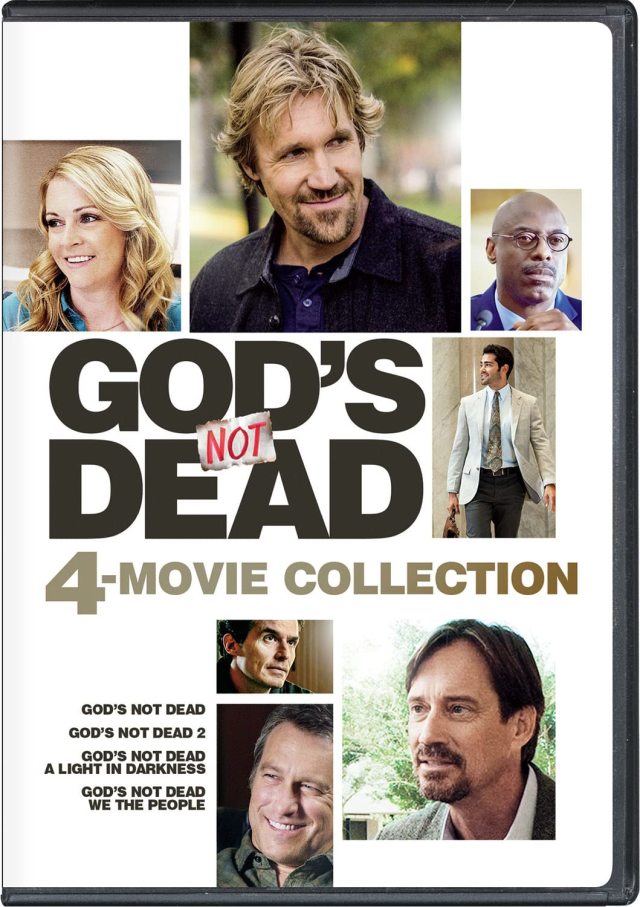
And I worry people are getting AI goggles now. They are so concerned about accidentally enjoying robot art and hurting artists that they have overcorrected to the point where they are hurting artists.
One cannot say "AI is all soulless slop that always looks bad" and then accuse a real artist of making something that looks like AI and not hurt them. By doing so, it includes the baggage of all of the "slop" comments along with it. This crusade is having collateral damage to the very artists we are trying to protect.
Yes, we need to be cautious about malicious AI images. Misinformation and deepfakes are going to be a big problem. People using AI imagery for profit is already a mess. But if you are cruising your feed and like a cool sci-fi robot gal or a photo of a waterfall and it turns out to be AI... that's fine.
It was trained by real artists and AI is going to create some cool shit because of that.
Honestly, I think a lot of the worst slop is because the dipshits creating the prompts have no artistic taste. People keep blaming the AI for how bad it looks and often don't consider it is a product of the loser who published it.
There is plenty of non-slop out there that has fooled me. And, like it or not, it is going to get harder and harder to tell what is AI. Until there are better tools or better regulations, I don't think there is much we can do to avoid enjoying AI art every once in a while. If only by accident.
Current "AI detectors" are mostly a scam. Even the best forensic-level AI image detectors struggle to stay above 70–80% accuracy across a wide range of models and image types. And that's in controlled lab conditions.
Free online tools often drop to near coin-flip accuracy (50–60%), especially with newer image generators and post-processing applied.
The best way to avoid AI imagery is to look at an artist's body of work. It's much harder to create consistent, non-obvious fake images in a large sample size. That is usually enough to have confidence in authenticity. Plus, if they have posted similar art before 2022, you can pretty much rule out any shenanigans.
Otis literally died before genAI was available.
But images you see in the wild, just let yourself enjoy them if that is what your brain wants to do. It'll be okay.
I just think we are attacking this backwards. If we want to protect artists, we need to support them.
Calling out random AI art does not support them.
It does not put money in their pockets.
It does not grow their audience.
Over a decade ago I tried to lead a fight to create better systems of attribution on websites like Reddit and Imgur. I even spoke to the Imgur team after an article was written about me.
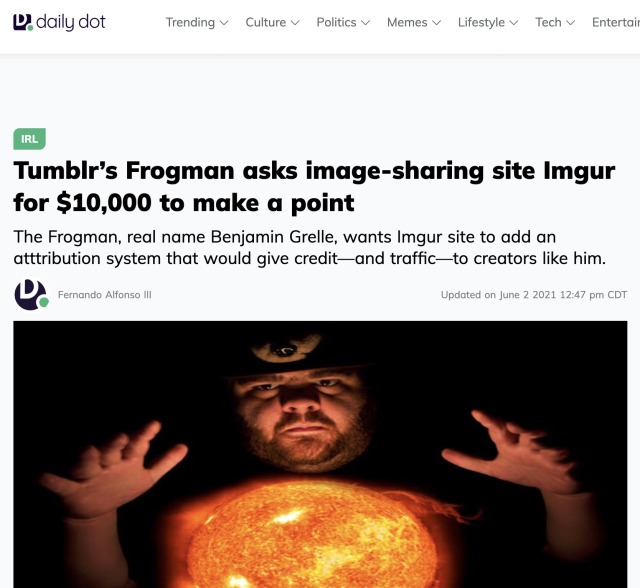
I asked them to allow sources on their posts and to develop tech that would help people find where an image came from. They said they were "working on it" and it never manifested.
IMAGE SHARING SITES STEAL MORE FROM ARTISTS THAN AI.
But we just kind of accepted it. No one really joined me in my fight. The prevailing defeatist attitude was, "That's just the way it is."
I think now is the time to demand better attribution systems. We need to be vigilant about making sure as many posts as possible have good sourcing. If an image on Reddit goes viral, the top comment should be the source. And if it isn't, you should try to find it and add it.
Just to be clear, "credit to the original artist" is NOT proper attribution.
And perhaps we can lobby these image sharing sites to create better sourcing systems and tools. They could even use fucking AI to find the earliest posted version of an image.
And it would be nice if it didn't require people to go into the comments to find the source. It could just be in the headline. They could even create little badges "made by a human" for verified artists.
Good attribution helps artists grow their audience. It is one of the single most effective things you can do to help them.
I literally just got this message...

There are maybe 10 popular artists who I helped grow their audience early on. Just because I reblogged their work and added links to all of their social media. I even hired my best friend to add sourcing information to every post because I believed so much in good attribution.
Calling out AI art may feel good in the moment. You caught someone trying to trick people and it feels like justice. But, in most cases, the tangible benefits to real artists seem small. It impedes your ability to enjoy art without always being suspicious. And the risk of telling someone you think they make soulless slop doesn't seem worth it.
But putting that time and effort into attribution *would* be worth it. I have proven it time and time again.
I also think people should consider having a monthly art budget. I don't care if it is $5. But if we all commit to seeking out cool artists and being their collective patrons, we could really make a difference and keep real art alive. Just commit to finding a cool new artist every month and financially contributing to them in some way.
On a bigger scale I think advocating for universal basic income, art grants for education and creation, and government regulation of AI would all be helpful long term goals. Though I think our friends in Europe may have to take the lead on regulation at the moment.
So...
- Stop worrying about enjoying or calling out AI art.
- Demand better attribution from image sharing sites.
- Make sure all art has a source listed.
- Start an art budget.
- Advocate for better regulations.
There were a few things brought up in the tags of my above answer.

I'm not sure I understand exactly what the disagreement is here, but I specifically mentioned things that would allow for the creation of art outside of industry.

If artists could make art without the anxiety of having to pay for food and rent, they could opt out of the commercial art world whenever they like and create what they want.
We have the NEA to help fund art for art's sake, but that is constantly under attack from conservatives. They can't help but show that banana duct taped to the wall and say all art is stupid and should be defunded. (I really liked the banana, btw.)
The NEA isn't enough. I want filmmakers to be able to make fully funded movies outside the studio system. I want ambitious artists to have a budget if their work requires it. We should have an entity like NASA that is dedicated to people making outrageous, groundbreaking art, just because. No profit motive.
People encounter art almost every second of every day. The computer I'm typing on was originally a concept sketch. The logo on my soda pop was created by a graphic designer. Art is everywhere and it is taken for granted.
Art and art education is so undervalued it is a modern tragedy.

I was a little vague about regulations due to running low on energy and wanting to finish my answer.
I don't think we can stop or even slow down AI. It is here. And it is here to stay.
As far as regulations, I think making sure datasets are trained on licensed images would be a good start. And the ability to "opt out" of training would be important too.
But I think the regulations should be less focused on AI itself and more on protecting artists. Many groups of laborers have been afforded worker protections. Steel workers, farmers, auto manufacturing. Though I think one obstacle might be the freelance nature of a lot of art production. Perhaps something like SAG could work.
Another idea I am flirting with is a regulation where no finished commercial artwork can be 100% generated.
If something is to be published, sold, or distributed as "art," it should require consistent input, creative direction, and finishing work from a real human artist. The final product should be shaped through a real artistic process, not just prompted and posted.
I know that’s tricky to define. But it’s an idea I’m working on. I'm trying to figure out how to make it practical without being overly restrictive. And also allow for AI tools that reduce artistic tedium. It’s still cooking.
In any case, my current philosophy is less about attacking and destroying AI and more about how to elevate real human artists and allow them to thrive. And, ya know, pay their bills.
Lastly, I want to write up a guide to sourcing and attribution, but my health has been quite poor this week. I'm also very behind on answering people's lighting and photography questions. But I'm slowly chipping away at those and hope to publish them when I feel better. Please be patient.
Bunny's Got All His Friends With Him
Jul. 15th, 2025 11:10 am
Thanks, Kathy, Evan, and bunny Mac!
Just a Sleepy Sea Otter Pup
Jul. 15th, 2025 11:04 amVia Alaska SeaLife Center, which writes:
Our “Homer boy” otter patient is resting, recovering, and reminding us to slow down…
Do you see the breeze on the pup's fur? That is from a fan, which we use to help ensure that his coat gets thoroughly dry and captures extra air to help keep him warm—something that Mom would achieve by blowing into his coat.
